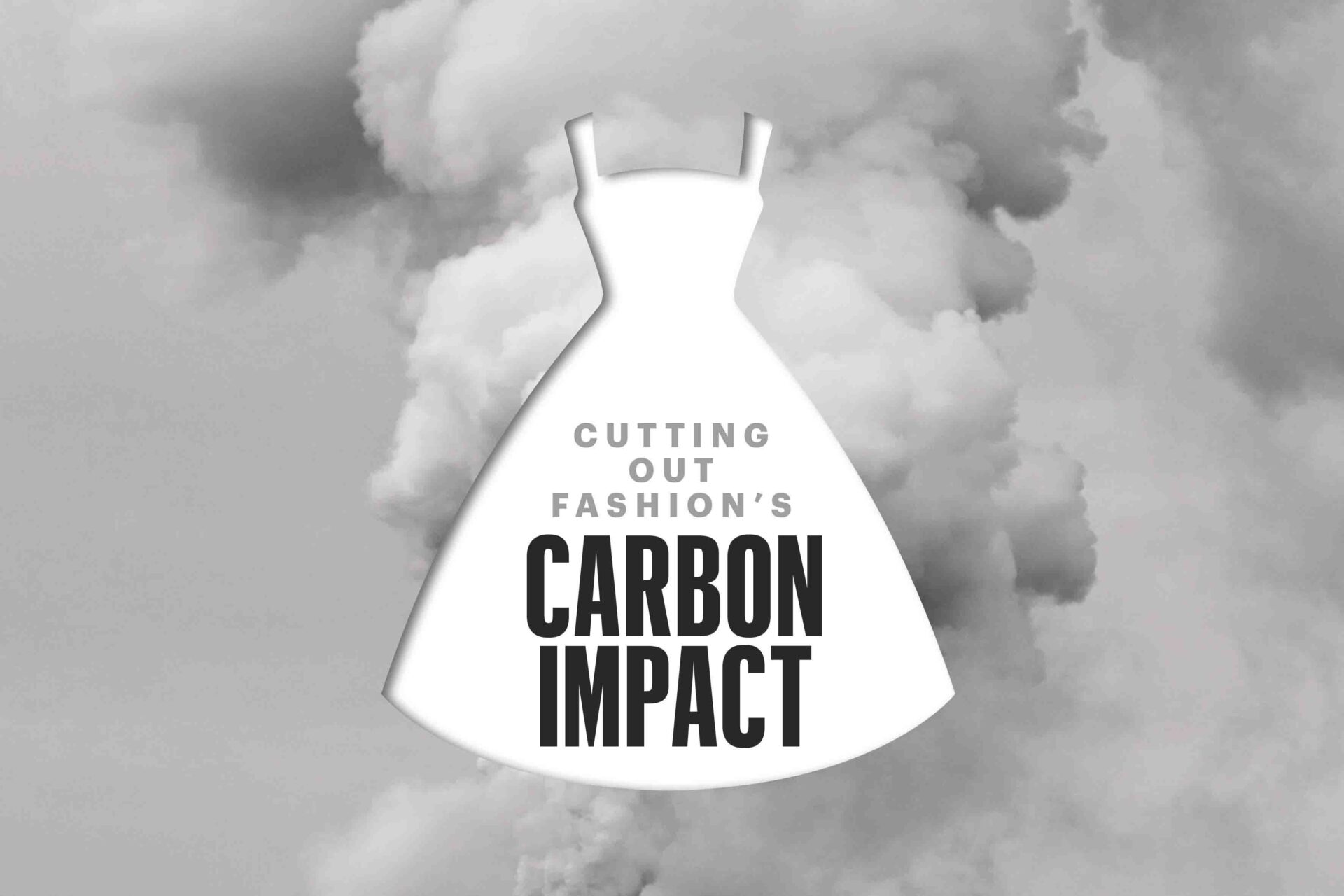The fashion industry is a dynamic sector that involves the design, production, marketing, and consumption of clothing, footwear, accessories, and related items. While the industry is known for its creativity, innovation, and style, it also has a significant impact on the environment. The production of clothing requires vast resources, such as water, energy, and raw materials, and generates significant waste and pollution.
Carbon neutrality is a concept that involves balancing the amount of carbon emissions released into the atmosphere with the amount of carbon removed or offset. Carbon neutrality is becoming an increasingly important goal for many organizations and individuals who are concerned about climate change and its impacts. Carbon neutrality is closely linked with the fashion industry because the industry is a significant contributor to carbon emissions and climate change. The production of clothing involves various stages that generate carbon emissions, including raw material production, manufacturing, transportation, and distribution. The fashion industry is also known for its fast-paced nature and its tendency to promote the use of disposable or single-use clothing, which leads to significant waste generation and carbon emissions.
To address this issue, the fashion industry is working to reduce its carbon emissions and achieve carbon neutrality. This involves implementing sustainable practices throughout the supply chain, from sourcing and production to transportation and distribution. Companies are investing in renewable energy sources and using sustainable materials to reduce their carbon footprint. They are also working to reduce waste and energy use in production and distribution.
Achieving carbon neutrality in the fashion industry is important for mitigating the industry’s impact on the environment and reducing its contribution to climate change. By adopting sustainable practices and investing in carbon offset projects, the industry can reduce its carbon emissions and promote a more sustainable future. It can also help to raise awareness of environmental issues and inspire consumers to make more sustainable choices when it comes to fashion. The fashion industry is responding to the need for sustainability by adopting initiatives and practices aimed at reducing its carbon footprint. Sustainable fashion is a movement within the industry that seeks to reduce the negative environmental impact of clothing production and consumption. It involves designing and producing clothing using eco-friendly materials and methods, minimizing waste and pollution, and supporting fair labor practices.
Fast fashion is a term used to describe the trend of producing clothing quickly and cheaply, often in response to the latest fashion trends. Fast fashion brands prioritize speed and cost over sustainability, leading to environmental degradation and poor labor practices. The fast fashion industry has been criticized for its negative impact on the environment and society.
The fashion industry is exploring alternative materials that are more sustainable than traditional materials. For example, some companies are using recycled plastic bottles to make polyester fabric or using plant-based materials like bamboo or hemp to create eco-friendly fabrics. Sustainable materials can also be made using less water, energy, and other resources than traditional materials.
In addition to using sustainable materials, fashion companies are adopting sustainable practices in their operations. This can involve reducing water and energy consumption, minimizing waste and pollution, and supporting fair labor practices. Some companies are also using renewable energy sources, such as solar or wind power, to reduce their carbon emissions.
Carbon offsetting is another practice used by fashion companies to reduce their carbon footprint. Carbon offsetting involves investing in projects that reduce or remove carbon from the atmosphere. This can include investing in renewable energy projects, planting trees, or funding energy-efficient technologies. By implementing carbon offsetting programs, fashion companies can balance out their carbon emissions and support sustainable practices.
In conclusion, the fashion industry has a significant impact on the environment, but there are various initiatives and practices being implemented to reduce its carbon footprint and become more sustainable. Sustainable fashion, alternative materials, sustainable practices, and carbon offsetting are all ways that the industry is responding to the need for sustainability. By taking these steps, the fashion industry can help mitigate the environmental impact of clothing production and consumption and support a more sustainable future.








